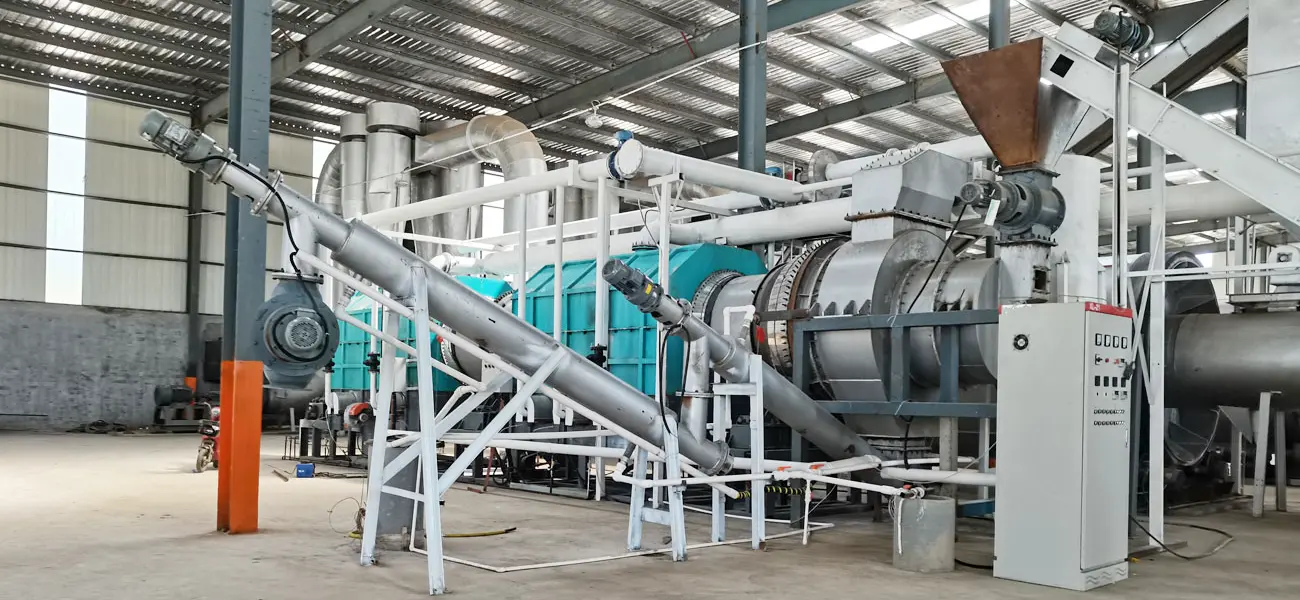The selection of an egg tray production machine is a crucial decision for businesses seeking efficiency and scalability in pulp molding operations. The two primary system configurations—automatic and semi-automatic—offer distinct advantages, impacting production speed, labor requirements, and operational costs. A comparative analysis of these systems provides clarity on their suitability for different manufacturing environments.
Automation and Workflow Efficiency
An automatic egg tray making machine operates with minimal human intervention, integrating pulping, molding, drying, and stacking into a seamless, continuous workflow. Advanced automation ensures high precision in pulp consistency, mold formation, and drying control, leading to uniform product quality. Programmable logic controllers (PLCs) regulate the entire process, optimizing output and minimizing waste.
In contrast, a semi-automatic system requires manual handling at various stages, particularly in drying and stacking. While the molding process remains mechanized, operators must transfer wet trays to drying racks or tunnels, increasing labor dependency. This intermittent workflow reduces efficiency but allows for greater flexibility in production adjustments.
Production Capacity and Throughput
High-volume manufacturers benefit from the superior throughput of an automatic egg tray production machine. Fully integrated drying systems, including metal drying lines and multi-layer conveyor-based setups, enable continuous processing, achieving production rates of up to several thousand trays per hour. The consistency of automated stacking further accelerates post-production handling.
A semi-automatic system, on the other hand, is better suited for moderate-scale production. The absence of automated drying constraints output speed, as drying time varies depending on ambient conditions and operator efficiency. Batch processing results in longer cycle times, making it less optimal for high-demand operations.
Labor Costs and Operational Expenditures
Automation significantly reduces labor costs by eliminating the need for manual intervention in drying and stacking. The streamlined operation minimizes workforce requirements, lowering payroll expenses and reducing the risks associated with human error. Additionally, automated machines optimize material usage, leading to cost savings on raw materials and energy consumption.
A semi-automatic egg tray production machine, however, demands a larger workforce for drying and stacking. While the initial investment is lower than that of a fully automatic system, ongoing labor expenses can offset the cost advantage over time. Manual handling also introduces variability in drying efficiency, potentially increasing reject rates and material wastage.
Space Requirements and Infrastructure Considerations
Automatic systems necessitate a larger operational footprint due to their integrated drying units and conveyor-based handling mechanisms. Factories must allocate dedicated space for continuous production flow, along with adequate ventilation and energy infrastructure to support high-capacity drying.
Semi-automatic setups are more compact, making them suitable for businesses with limited factory space. Since drying is manually managed, companies can use open-air drying yards or basic drying chambers, reducing the need for extensive infrastructure investment. However, weather dependency can impact production consistency in outdoor drying scenarios.
Investment and Long-Term Profitability
The capital expenditure for an automatic egg tray production machine is significantly higher due to its advanced automation and high-speed capabilities. However, the long-term financial benefits—lower labor costs, reduced material wastage, and increased production efficiency—justify the investment for large-scale manufacturers.
A semi-automatic system provides a lower-cost entry point for smaller businesses or those transitioning from manual production. While it involves higher ongoing labor expenses, it allows for gradual scaling and adaptation to market demand without a substantial initial investment.
Conclusion
The choice between automatic and semi-automatic egg tray production systems depends on production scale, budget constraints, and labor availability. Automatic machines ensure maximum efficiency, consistency, and profitability for high-volume operations. Semi-automatic systems offer cost-effective solutions for moderate-scale manufacturers with flexible workforce deployment. Understanding these distinctions enables informed investment decisions that align with long-term business goals.



No comments:
Post a Comment